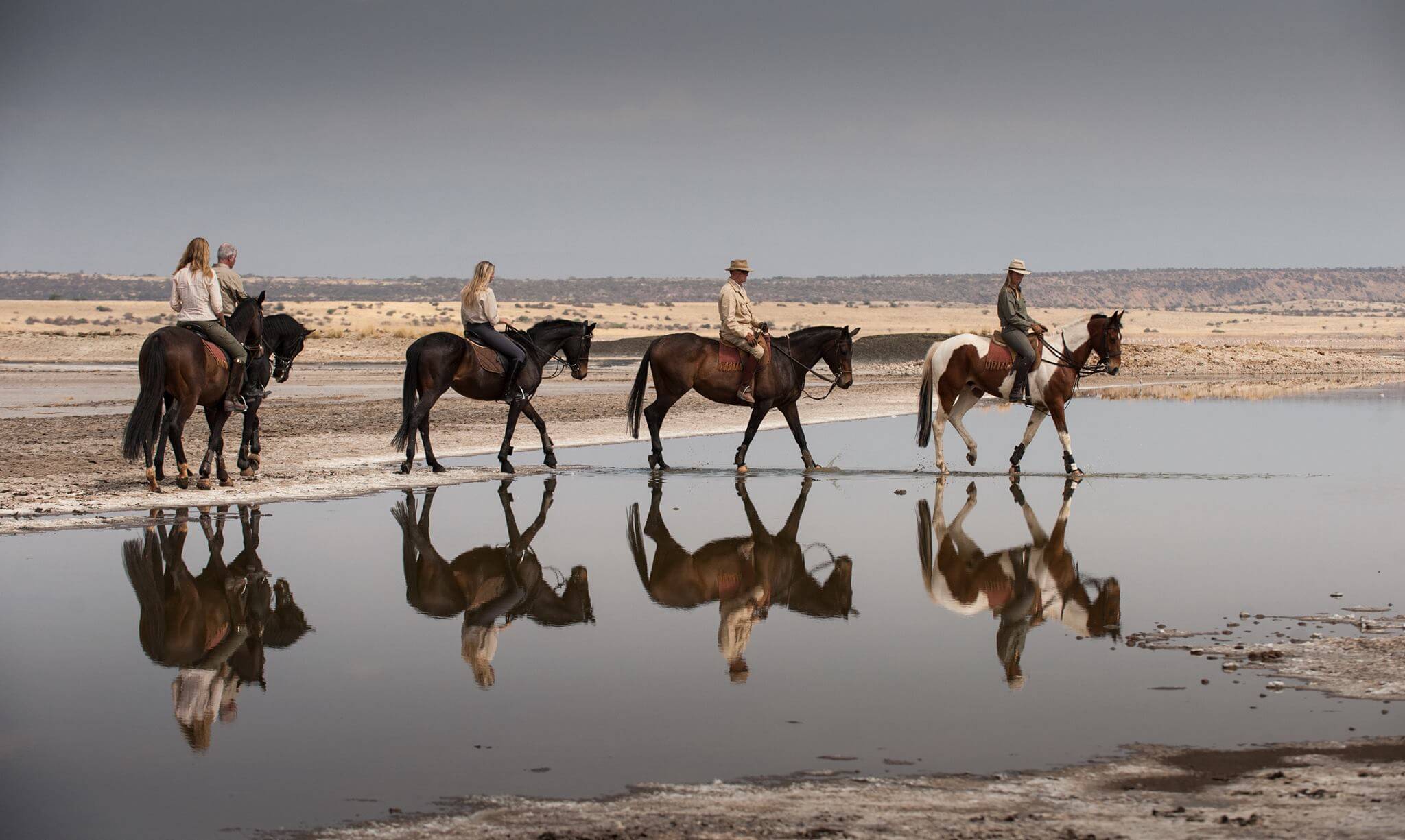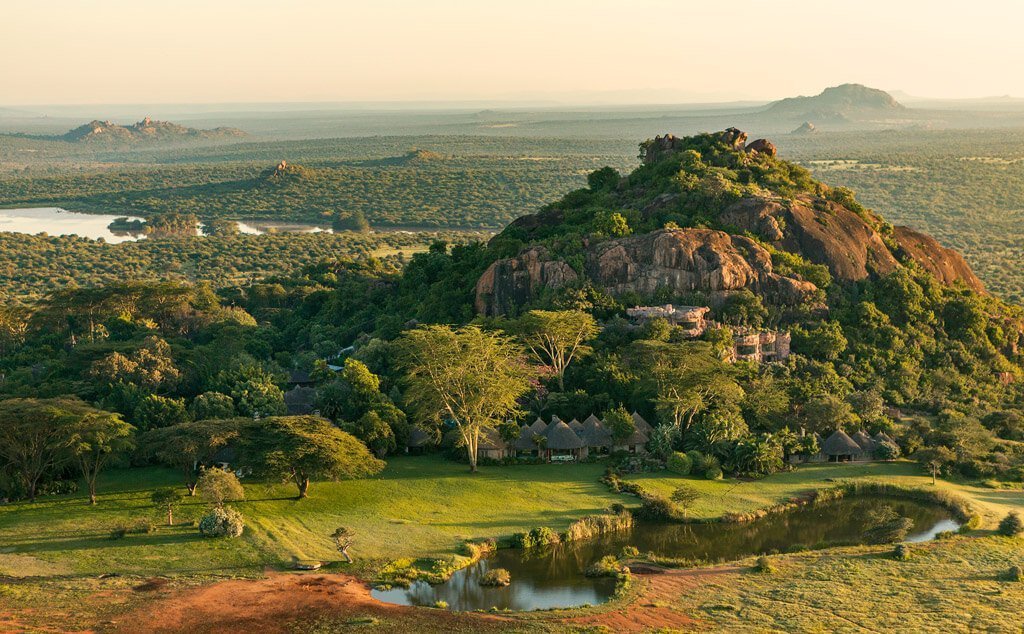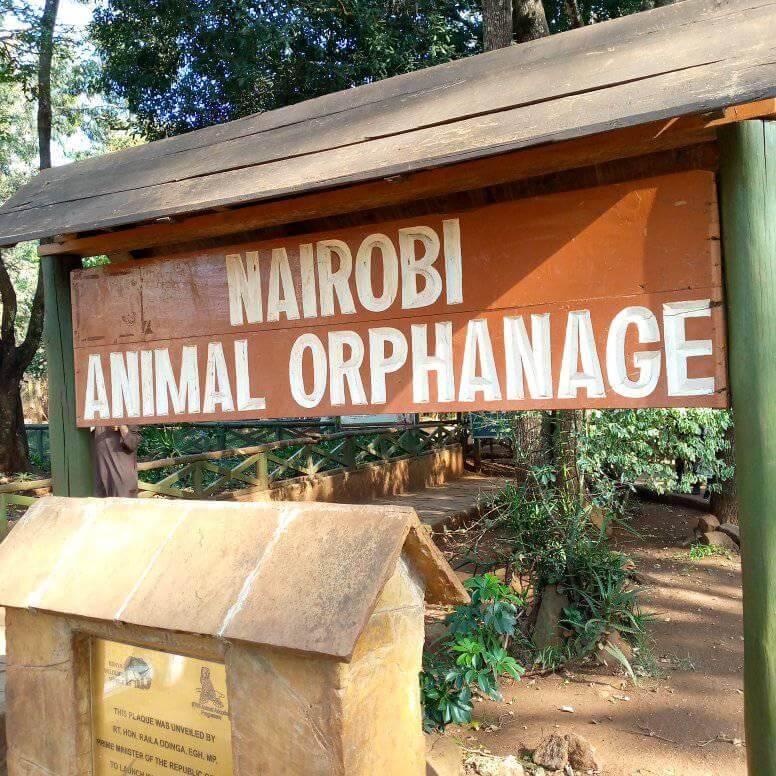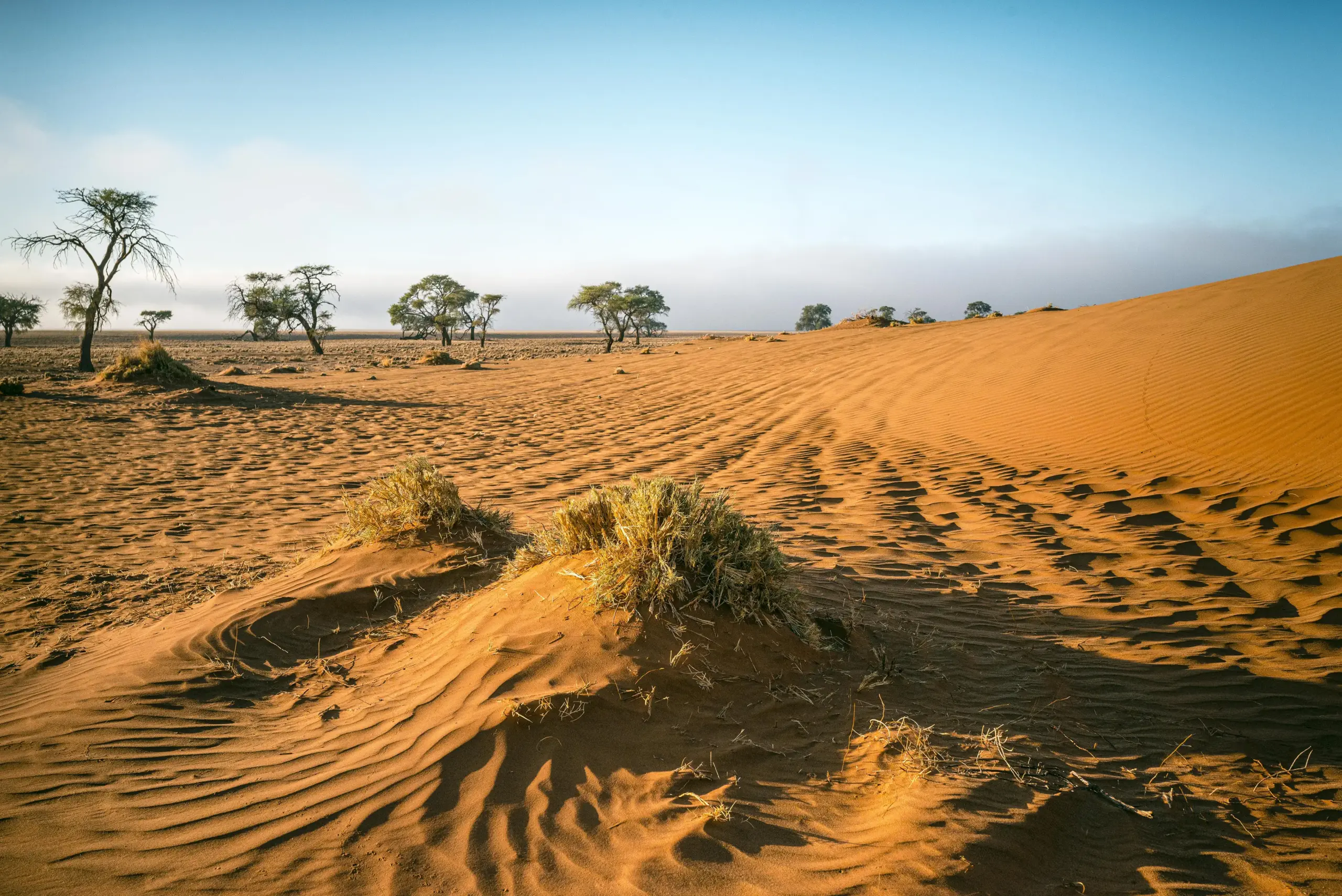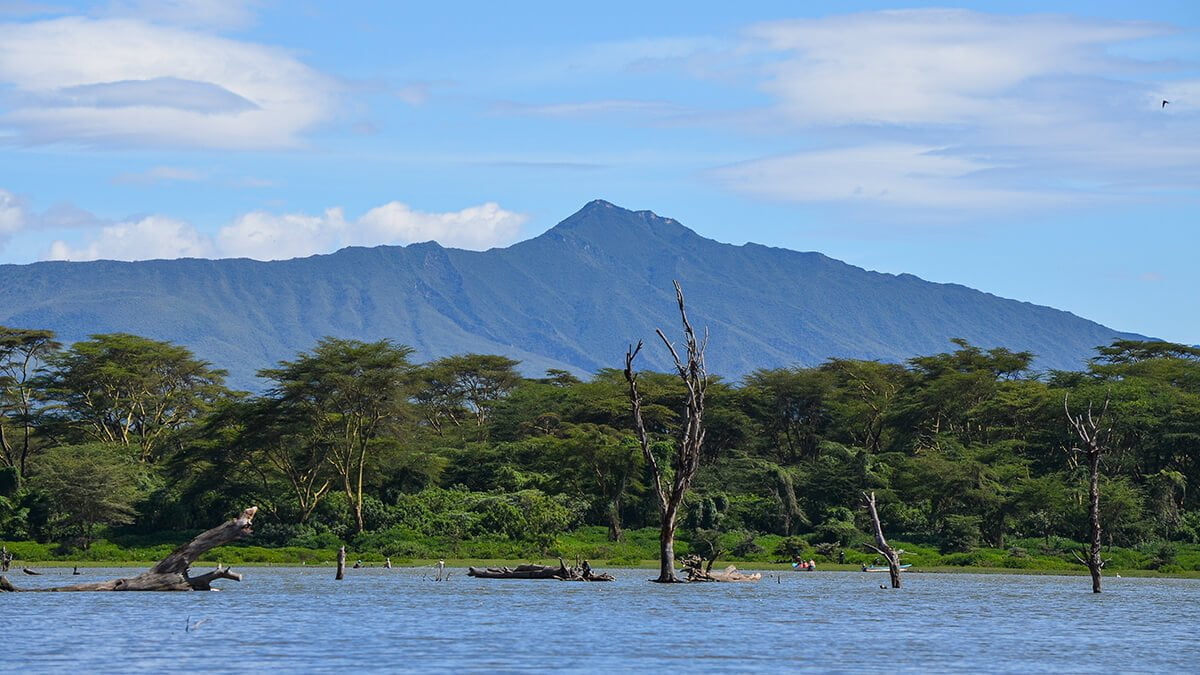Kenya is one of the world’s premier destinations for birdwatching, boasting more than 1,100 recorded species, the second-highest number in Africa. Whether you’re exploring Rift Valley lakes filled with flamingos or forests echoing with the calls of turacos, Kenya is a haven for bird lovers of all levels.
With habitats ranging from savannahs and swamps to coastal forests and highland lakes, birdwatchers can easily spot hundreds of species in just a few days. In fact, 342 species have been spotted within 24 hours during big-day counts, proof of just how rich Kenya’s avian life truly is.
Ready to experience Kenya’s extraordinary birdlife? Discover these top birdwatching locations and start planning your unforgettable birding adventure today.
- Lake Nakuru National Park
- Amboseli National Park
- Lake Bogoria National Reserve
- Kakamega Forest National Reserve
- Tsavo West National Park
- Saiwa Swamp National Park
- Arabuko Sokoke Forest Reserve
- Lake Baringo
- Samburu and Buffalo Springs National Reserves
- Travel Tips & Best Time to Visit
- Frequently Asked Questions
Lake Nakuru National Park





Lake Nakuru is renowned for its soda lake and over 500 documented bird species. Although flamingo numbers have declined due to rising water levels, the park remains a birding hotspot, attracting pelicans, Greater Blue-eared Starlings, Hottentot Teals, and Long-tailed Widowbirds. Raptors such as Verreaux’s eagle and the long-crested eagle are also frequently observed.
Lake Nakuru National Park Tours
Amboseli National Park


Home to more than 420 species, Amboseli provides outstanding birding opportunities across swamps, grasslands, and acacia woodlands. Visitors can spot egrets, herons, pelicans, crowned cranes, and flamingos during the wet season. Notable species include Hartlaub’s bustard, Pangani longclaw, steel-blue whydah, and Von der Decken’s hornbill.
Amboseli National Park Tours
Lake Bogoria National Reserve


Lake Bogoria offers a breathtaking spectacle for flamingo enthusiasts, with up to two million lesser flamingos feeding on algae. Greater flamingos also intermingle, alongside a variety of other waterbirds. The haunting call of the African fish eagle is a constant presence.
Lake Bogoria Tours
Kakamega Forest National Reserve


Kakamega Forest is Kenya’s only rainforest and an extension of the Congo Basin. It’s home to more than 350 bird species, including 36 forest endemics. Highlights include the great blue turaco, blue-headed bee-eater, and African grey parrot, making it one of Africa’s most significant birding forests.
Kakamega Forest Tours
Tsavo West National Park


Home to over 400 species, Tsavo West is a top migration hotspot. The Ngulia Hills lie along one of the world’s busiest avian migration routes. From October to January, ornithologists tag species such as marsh warblers, thrush nightingales, and red-backed shrikes, while resident raptors and waterbirds add to the park’s diversity.
Tsavo West National Park Tours
Saiwa Swamp National Park


Though small in size, Saiwa Swamp is home to over 370 species. The Ross’s turaco and other western specials make this park especially unique. With cars prohibited, visitors explore on foot along forest trails and observation platforms, spotting swamp birds and the rare sitatunga antelope.
Arabuko Sokoke Forest Reserve
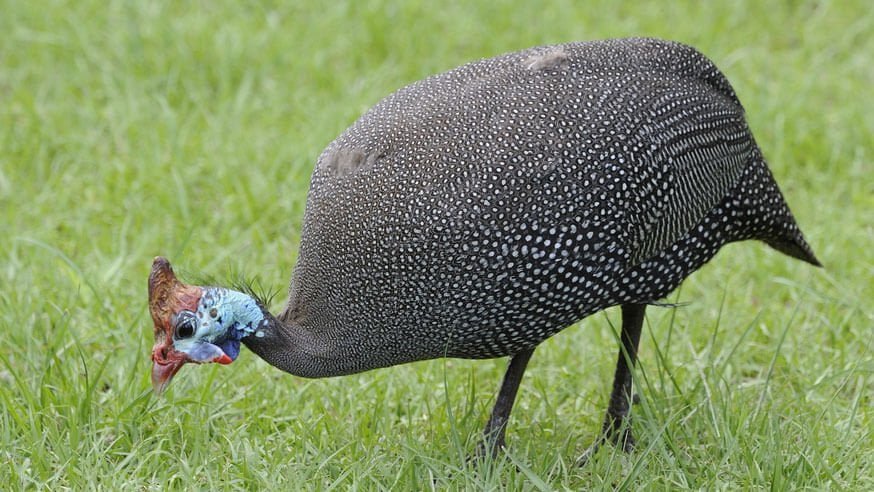
Kenya’s largest coastal forest, Arabuko Sokoke, harbors over 230 species, including globally threatened birds like the Sokoke scops owl and Clarke’s weaver. Other highlights are the Sokoke pipit and Amani sunbird. While forest birding here can be challenging, the rewards are truly remarkable.
Arabuko Sokoke Tours
Lake Baringo
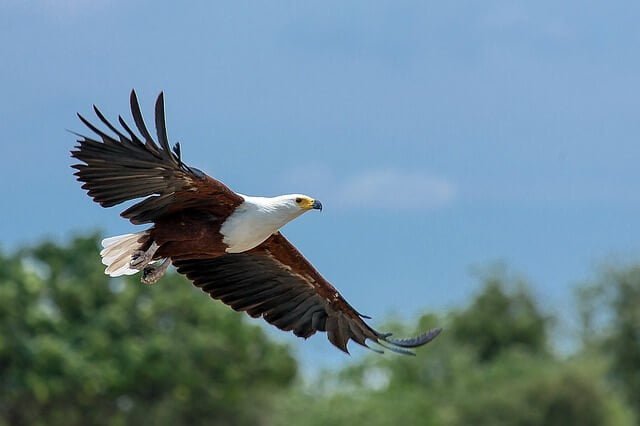
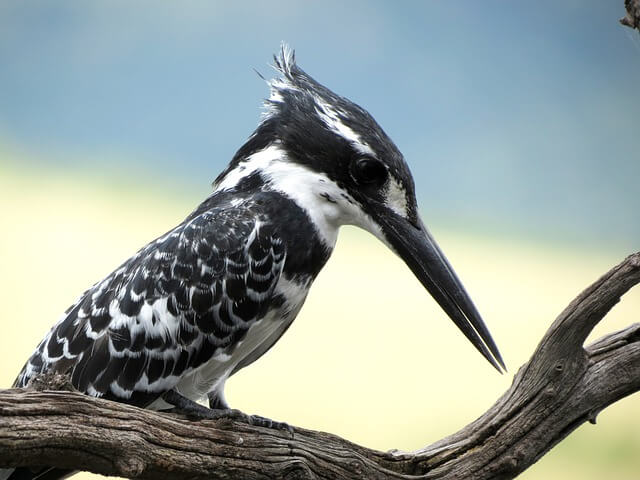
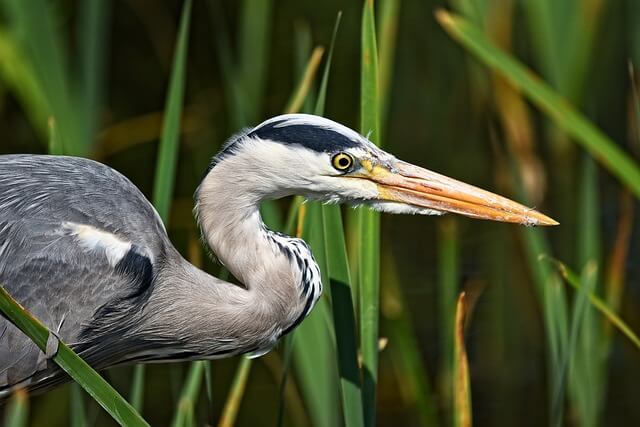

Lake Baringo stands out as one of Kenya’s most rewarding birding areas, with 470 species recorded. Birdlife here is both abundant and approachable, from starlings to the white-bellied go-away bird. The lakeshore bursts with birdsong year-round, particularly during the rainy seasons.
Lake Baringo Tours
Samburu and Buffalo Springs National Reserves





Together, Samburu and Buffalo Springs host over 390 species. The dry, open landscapes offer opportunities to spot Somali ostrich, vulturine guineafowl, Abyssinian ground-hornbill, and Egyptian vulture. Many species here are shared with neighboring Ethiopia and Somalia, making this region uniquely rewarding for birders.
Samburu and Buffalo Springs Tours
Travel Tips & Best Time to Visit
- The best time for birdwatching is from November to April, as migratory birds arrive and resident species are in breeding plumage. May to September is also rewarding but less crowded.
- Gear: Bring binoculars, a spotting scope (if possible), and a reliable bird guidebook or app.
- Clothing: Neutral colors, comfortable shoes, and a hat are essential.
- Guides: Local birding guides can significantly enhance your experience, particularly in forested areas.
Frequently Asked Questions
Do I need to be an experienced birder to enjoy birdwatching in Kenya?
No. Kenya’s birdlife is so abundant and diverse that even beginners will enjoy spotting colorful and iconic species. Hiring a guide can help you learn quickly.
Are birdwatching safaris different from regular safaris?
Yes. While general safaris focus on the Big Five, birding safaris spend more time in specific habitats, at slower paces, and with guides trained in avifauna.
Is birdwatching safe in Kenya?
Yes. With a reputable tour operator or park guide, birdwatching is a safe activity. Always follow park rules and stay aware of your surroundings.

